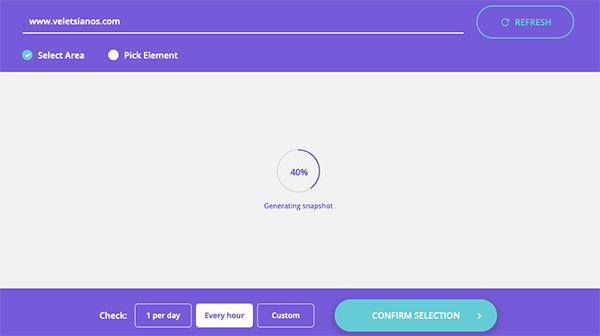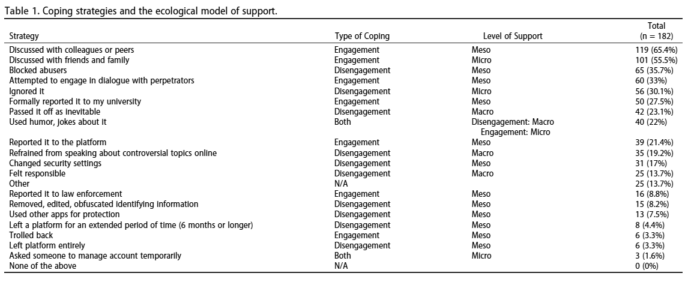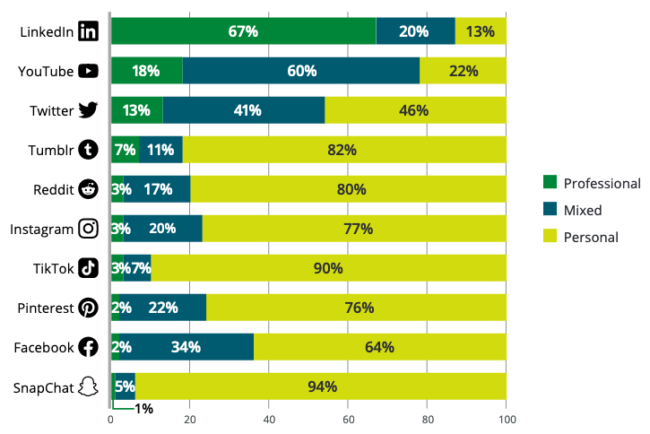The CFP below may be of interest to this blog’s readers. The speculative futures focus is important at this point in time, though the pitfall to watch out for is the overly optimistic outlook that our field often embraces. I’m not familiar with the journal, and note, that it requires a 300 GBP ACP.
CFP: Re-imagining education in the post-pandemic
We live in exceptional times. The ongoing Covid 19 pandemic exposes the fragility of dominant socio-cultural, political, and economic systems worldwide by uncovering the vulnerabilities of the public sector, of which education is a cornerstone. In the specific context of lockdowns and restrictions, digital technologies play a dominant role in enabling continuous communication between teachers and students. As enablers in educational activities, allowing for designing, assessing, and carrying out learning away from the regular classroom, digital technologies also disrupt established practices. The extraordinary circumstances of the year 2020 and their implications for teaching & learning constitute an inquiry area that pushes re-imagining education in the post-pandemic. Which technologies used during the pandemic are here to stay? What are the digital practices that teachers and/or learners would like to preserve in the post-pandemic? Why? How do the sociotechnical practices emerging with the pandemic impact pedagogical perspectives, models, and even relationships? What do we gain in education with the pandemic experience? What do we lose? What educational practices would we like to contribute to in the future (i.e., ten years from now)?
Such questions are prompts aimed to spark a discussion on emerging social and technical imaginaries in education. Social imaginaries have been widely used as both a theory and a method to observe human capacity to bring new forms of being and doing into life through the power of thought and formulation (Chassay 2010; Jasanoff & Kim 2015; Jodelet 1989). They have been marked by creativity and unlimited possibilities that future-oriented imagination offers, as SF-literature bears witness to, and have been shaped by the constraints, limitations that history, culture, and social structures force upon humans (Castoriadis & Ricoeur 2016. Leblanc 1994). In the field of education, Neil Selwyn’s recent (2019) work on “What might the school of 2030 be like?” offers a helpful example of how social science fiction can be applied to explore how digital technologies might be used in a particular high school in 2030 and how they “might impact the people whose lives are enmeshed with these technologies” (p.90). Lina Rahm’s work on sociotechnical educational imaginaries (2019) is another enlightening example that unpacks sociotechnical imaginaries’ role in configuring educational practices and the digital citizen’s very concept.
Against this backdrop, this special collection focuses on re-imagining education in the post-pandemic as an invitation to reflect on: Which educational imaginaries of technology are in the making? How do they configure socio-material relations and practices in the aftermath of the transition to remote teaching and learning?
Within this frame of reference, we invite scholars, practitioners, Ed-tech designers, policy-makers, or other professionals working in the field of Learning Sciences, Learning Analytics, Technology-enhanced learning, Computer-supported collaborative learning, Educational Technology to critically reflect on the effects of the ongoing digitalization and datafication processes on learning and teaching practices for future – post-pandemic – education.
We accept original papers discussing conceptual works (i.e., presenting analytical frameworks or concepts), empirical cases or methods (i. e., social science fiction, design fiction, anticipatory methods, speculative methods) that contribute to reflect critically on the multiple effects of COVID 19 on the emerging educational imaginaries and educational practices of 10 years from now.
This call is an invitation to envision and reflect, using theoretical, empirical, or methodological works, on educational imaginaries of technology in the making.
Topics of interest are:
- Data-driven educational practices
- Adaptive/Personalized learning
- AI in institutional decision-making
- VR in education
- Face recognition in education
- Bio-sensors and Internet of things in the classroom
- Digital deskilling
- De-territorialization of schooling
- Social Robots
- Voice user interfaces
- Social science fiction method
- Design fiction method
- Speculative methods (futuring methods)
- The teacher as an innovator
- Digital school culture
- Other
We welcome submissions that follow the journal’s guidelines https://www.designsforlearning.nu/about/submissions/
The journal operates with an Article Processing Charge (APC), which covers all publication costs (editorial processes; professional copyediting, web hosting; indexing; marketing; archiving; DOI registration, etc.) and ensures that all of the content is fully open access. Please note the information regarding publication fees.
We will first screen each submission to ensure appropriate fit with the Journal’s mission and fit this call for papers. We will select manuscripts that will be assigned to an Associate Editor and two reviewers for further consideration. If a revision is granted, we expect authors to revise manuscripts within 25 business days.
Timeline
- The deadline for submissions of full articles is October 30, 2021.
- Notification of acceptance December 31. 2021
- Revisions are due March 1, 2022.
- Publication April 30, 2022.
Editors for this special collection:
Teresa Cerratto Pargman, tessy@dsv.su.se
Sirkku Männikkö Barbutiu, sirkku@dsv.su.se
Ylva Lindberg, ylva.lindberg@ju.se
Anna Åkerfeldt, anna.akerfeldt@mnd.su.se
References
Castoriadis, C. & Ricœur, P. (2016). Dialogue sur l’histoire et l’imaginaire social. Paris: Éditions de l’École des hautes études en sciences sociales, coll. « Audiographie ».
Chassay, J. F. (2010). Imaginaire de l’être artificiel (Approches de l’imaginaire). Québec: Presses de l’Université de Québec.
Jasanoff, S. & Kim. S.-H. (2015). Dreamscapes of Modernity. Sociotechnical Imaginaries and the Fabrication of Power. Chicago: Chicago University Press.
Jodelet, D. (1989). « Représentations sociales : un domaine en expansion », in D. Jodelet (ed.), Les représentations sociales. Paris, Presses universitaires de France, coll. « Sociologie d’aujourd’hui », 1989.
Kozubaev, S., Elsden, C., Howell, N., Søndergaard, M. L. J., Merrill, N., Schulte, B., & Wong, R. Y. (2020, April). Expanding Modes of Reflection in Design Futuring. In Proceedings of the 2020 CHI Conference on Human Factors in Computing Systems (pp. 1-15).
Leblanc, P. (1994). « L’imaginaire social. Note sur un concept flou », Cahiers internationaux de sociologie, vol. 97, Juillet-Décembre, 415-434.
Nationell handlingsplan för digitalisering av skolväsendet #Skoldigiplan (2019). https://webbutik.skr.se/shop?funk=visa_artikel&artnr=7585-773-2
Rahm, L. (2019). Educational imaginaries: a genealogy of the digital citizen (Vol. 214). Linköping University Electronic Press.
Selwyn, N., Pangrazio, L., Nemorin, S., & Perrotta, C. (2020). What might the school of 2030 be like? An exercise in social science fiction. Learning, Media and Technology, 45(1), 90-106.





